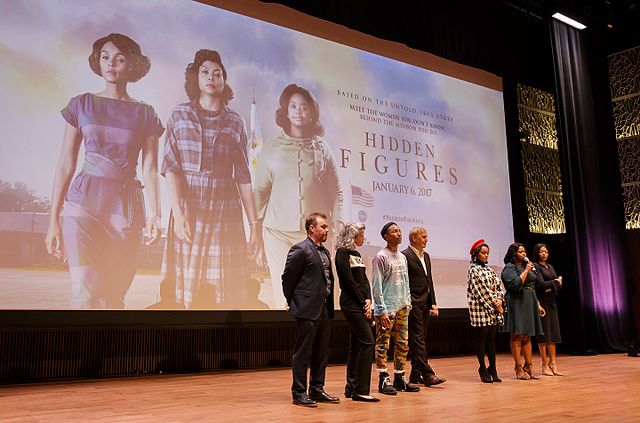by Sandra Camacho
..is a fabulous movie that depicts the true story of the breaking down of institutionally supported prejudices and biases.

Six months after the attack on Pearl Harbor, the National Advisory Committee for Aeronautics (‘NACA’), the precursor to NASA, recruited African-American women with college degrees to work as ‘human computers’. However, they were paid less and were not considered for promotions. In addition, they were kept in the segregated west section of the Langley campus with separate dining and bathroom facilities. Among them were three real-life pioneers: Katherine Johnson, Dorothy Vaughan and Mary Jackson.
Katherine Johnson computed the trajectories of various spacecraft including the Freedom 7, Friendship Seven and later the Apollo. In 2015, President Obama awarded her the Presidential Medal of Freedom. Dorothy Vaughan became NASA’s first African-American supervisor and also a FORTRAN programmer. In 1958, Mary Jackson became NASA’s first African-American female engineer.
It is interesting to understand what contributed to their great achievements despite the various barriers previously in place. The movie exhibits this quite well in that these women were passionate about and very good at their professions and actively and cleverly sought advancement; never caving in to the social pressures no matter how trying things were. They were also fortunate in that they worked for certain leaders who though clearly motivated by the mission recognized their knowledge and talent and allowed them the opportunities to exhibit them. This open minded approach was partly responsible for the successes of the early U.S. space program.
It seems then that a key to achieving senior leadership even at the c-suite levels is to not let the barriers affect your mindset. It is also interesting to note that the organization benefited when all with the right skill sets were given an equal chance. Click here to learn more about this amazing story.